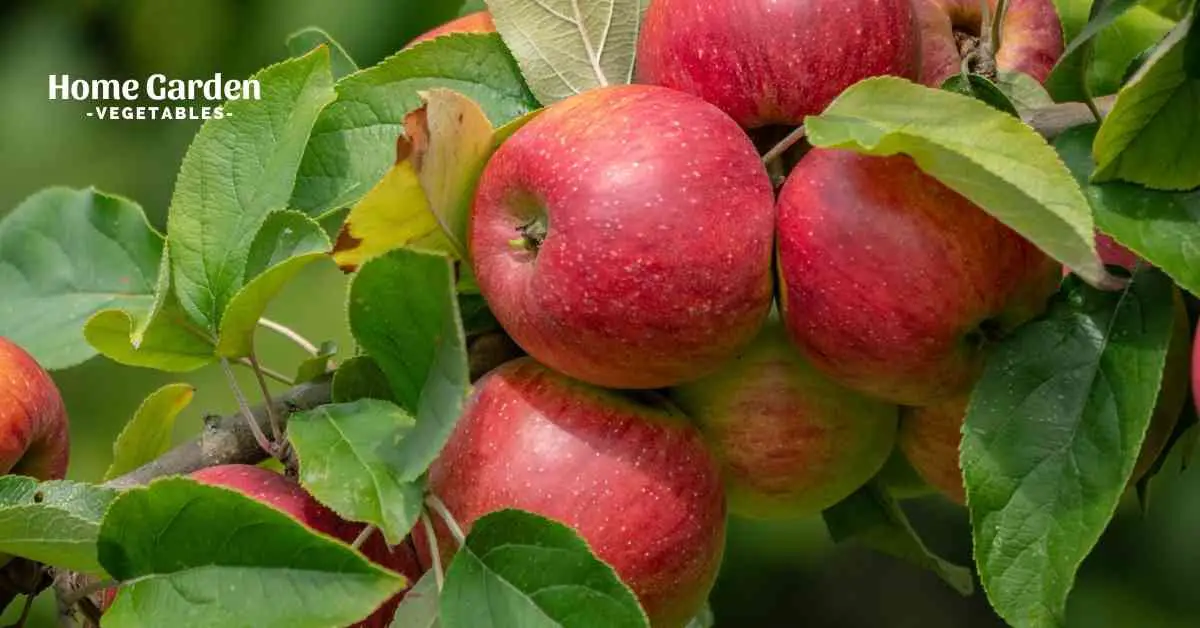Apple trees make a beautiful addition to any garden or orchard. They are relatively easy to care for and the fruits they produce are delicious and nutritious. Apple trees can be grown from seeds, but it is generally easier to buy young trees from the nursery.
Once you have a tree, plant it in a sunny place on well-drained soil. Water regularly and fertilize every spring. With a little love and care, your apple tree will thrive and produce abundant fruits for you to enjoy.
Reader Poll: What online courses would interest you?
Tip-bearing apple trees are a type of apple tree that produces fruit on the tips of their branches. These trees are typically taller and thinner than other apple trees, requiring special care to have a bountiful crop.
When planting a tip-bearing apple tree, be sure to choose a spot that gets plenty of sunlight and has well-drained soil. These trees also need to be pruned regularly to encourage new growth and prevent the branches from breaking and becoming too heavy.
With proper care, tip-bearing apple trees can produce a delicious crop of apples for many years to come!
Subscribe to our newsletter!
Pruning a new Apple Tree
Pruning a new apple tree is important in ensuring its health and productivity. Removing dead or damaged branches and crossed or rubbed branches is necessary when pruning. The canopy needs to be thinned so more light and air can get inside the tree. This will help keep you healthy and encourage new growth.
Pruning Tip Bearing Apple Tree
Tip-bearing apple trees produce fruit on the tips of the branches, while spur-bearing apple trees produce fruit on short spurs that grow along the length of the branches.
To prune a tip-bearing apple tree, you will need to remove any branches that are crossing or rubbing against each other, as well as any that are growing vertically. You should also remove branches over three years old, as they will not produce as much fruit.
Pruning Spur Bearing Apple Tree
Spur-bearing apple trees should be pruned in late winter or early spring. You will need to remove any dead or diseased wood, as well as any branches that are crossing or rubbing against each other. You should also thin out the fruiting spurs, as too many spurs will produce smaller apples.
Pruning a Bit Old Apple Tree
Apple trees older than eight years old don’t require as much pruning. For the first three years, prune apple trees to create a strong central leader. Cut off any competing branches, as well as any branches that are weak or diseased.
In the fourth year, thin out the crown to allow more light and air to reach the fruit. After that, prune to remove any crossing or rubbing branches, as well as any that are diseased or damaged.
Seasons for Pruning
Pruning an apple tree is a necessary step in keeping the tree healthy and productive. There are a few things to remember when pruning an apple tree.
First, pruning should be done in late winter or early spring when the tree is dormant. Second, prune out any dead or diseased wood. Third, prune to promote growth and fruit production. Fourth, prune to shape the tree. Finally, don’t over-prune the tree.
Pruning Essentials
To prune an apple tree, you will need sharp pruning shears and a ladder.
- First, identify the main branches of the tree and the desired shape of the tree.
- Then, cut away any dead or diseased branches.
- Next, cut away any crossing or rubbing branches.
- Finally, cut away any branches that are growing inward or outward.
Pruning from the Top
To prune the top of an apple tree, you will need to trim back the branches that are growing vertically. Cut these branches to a point where they are just above the horizontal ones. This will allow the tree to put more energy into developing the horizontal branches, which will produce more fruit.
Branches to Prune of an Apple Tree
There are a few different branches that you can prune on an apple tree. The first is the main scaffold branches. The large main branches make up the tree’s framework. It would help if you pruned these branches to keep the tree’s overall shape. The second type of branch to prune is the lateral branch. These are the smaller branches that extend out from the main scaffold branches.
It would help if you pruned these branches to keep them from getting too long and out of control. Finally, you can also prune the fruit-bearing branches. These are the branches that have apples on them. You can prune these branches to thin out the fruit and keep the apples from getting too big.
Over Pruning an Apple Tree
Over pruning an apple tree can have several consequences. The most immediate is that it can stimulate excessive growth, making the tree more difficult to manage. It can also make the tree more susceptible to pests and diseases and damage from strong winds. Over-pruning can weaken the tree and reduce its lifespan in the long term.
If you over-prune an apple tree, you may damage or kill the tree. You should only remove dead, diseased, or damaged branches when pruning. Removing too many healthy branches can weaken the tree and make it more susceptible to damage from wind, ice, or pests.
Conclusion
After reading this guide on how to prune tip-bearing apple trees, the gardener should understand the different pruning techniques that can be used.
Each technique has advantages and disadvantages, so the gardener should choose the one that best suits their needs. Pruning should be done in early spring or late winter before the tree starts to produce new growth.

